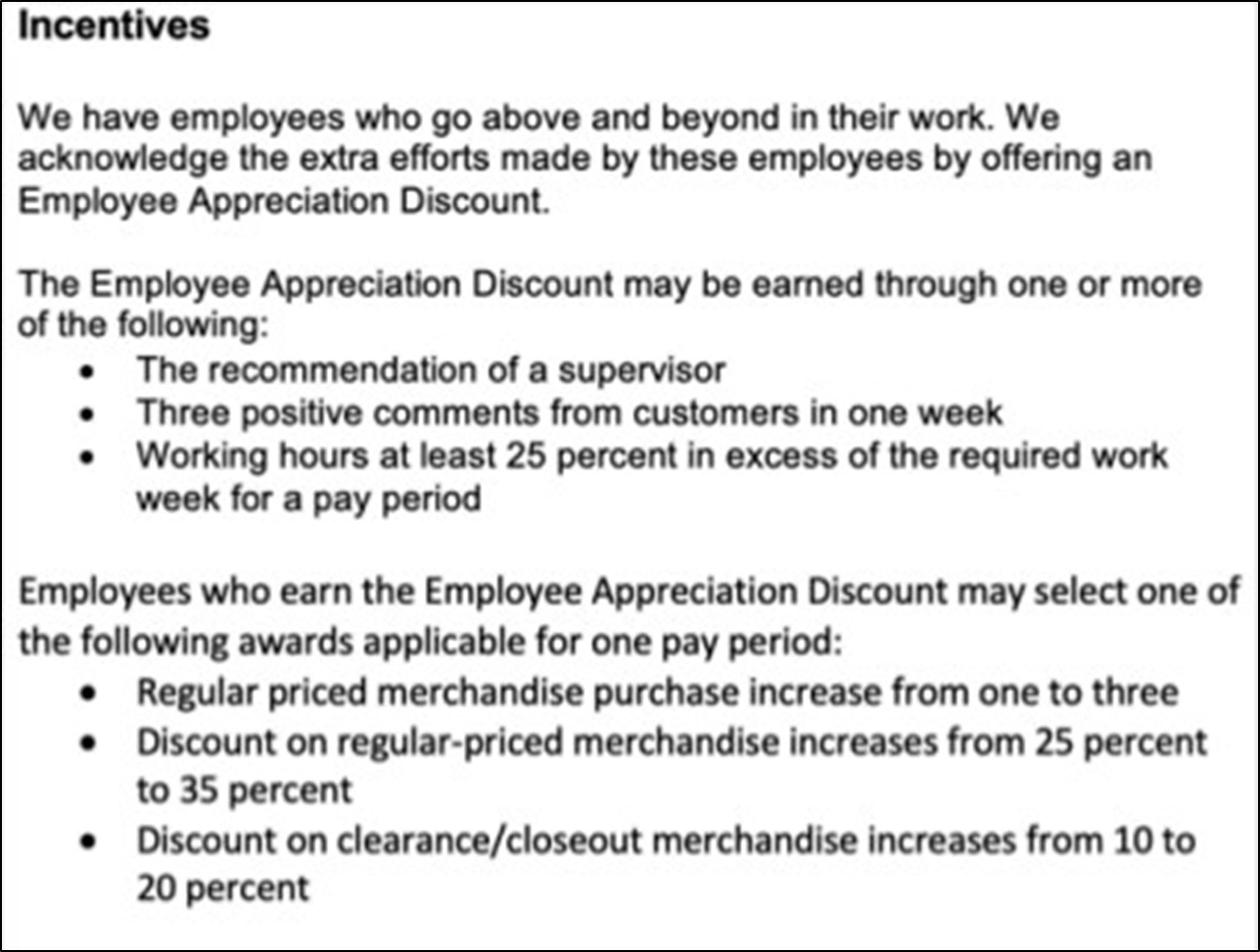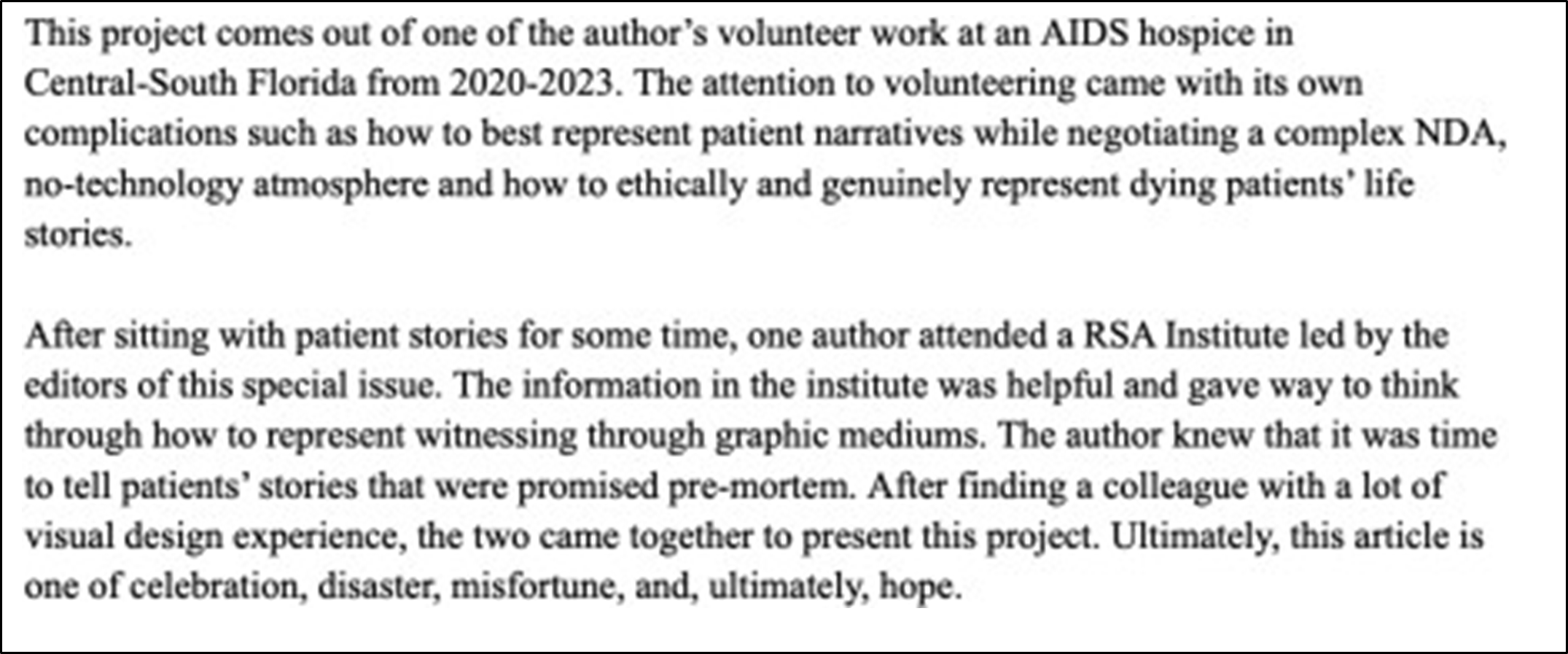Memos
Memorandums (memos) are standard forms of in-house business communication. Because they are used for internal communication, memos may be deployed differently in different organizations, but all memos can be categorized as an information delivery system. Memos are identified by a standard, general format that will be discussed in this chapter. The memo format is so pervasive that the header of an email— To/From/Subject—mimics the memo header format. You may also see the body format of the memo employed in the body of an email.
The similarities in purpose between the memo and the email, coupled with the speed and ease of email circulation, mean that in some cases and in some organizations, the function of the memo is performed by email. However, not all emails are memos, and not all memos are circulated via email.
This section discusses memos as a distinct genre of business writing independent of the medium of circulation (i.e, hard copy vs. digital communication), because, whether distributed physically or digitally, memos are an indispensable means of business communication. They are the most common form of a short report used in business
Purpose
Memos come in many shapes and sizes, but, usually, memos are used to report information, give updates, or respond to specific situations. You’ll notice that supplying information, updates, and responses are all forms of reporting. Memos and reports serve the same purpose, but as noted above, memos usually are short—for the most part, no longer than two or three pages. You may hear memos referred to as “memo reports.”
- Common types of memos include the following:
- Information reports
- Progress reports
- Status reports
- Field studies
- Proposals or recommendations (in memo format)
You’ll notice that all of those types of documents can also be report-sized too. If the document is longer than few pages it is no longer a memo. It is a full-fledged report.
Audience
Memos are formal, organizational documents. Like email, you can’t assume privacy. Memos can be, and often are, circulated widely throughout an organization. Even if you are writing a memo for one person, it’s safe to assume that the document will be shared with any number of people within your organization. As such, your tone should be professional and formal. You are writing as the organization for/to the organization.
Memo Format
Memos are formatted for easy navigation and scannability. Your readers should be able to quickly and efficiently find the sections and content they need with a quick skim.
Header
The header of a memo includes the following information:
- Date
- To
- From (if printed and delivered in hard copy, you need to initial after your name.)
- Subject
NOTE: This may vary to some degree by instructor and textbook. The memo examples in 4 out of 5 textbooks will show the format to be:
- To
- From (if printed and delivered in hard copy, you need to initial after your name.)
- Date
- Subject
The following information may be included, as necessary:
- CC (can go at the top or bottom)
- Attachment (always positioned at the bottom of the memo)
Figure 31 shows standard header information for a memo. Memos do not include a salutation, nor do they include a signature. Memos distributed in hard copy should be initiated by the person who creates it (i.e. the ‘From”).

Body
To facilitate access to information, the body of the memo uses headings for specific sections. Memo text should feature bulleted lists whenever appropriate. Don’t use bullet points as a substitute for written prose but do use bullet points for scannability. Since the bullet point is functioning as an incomplete sentence (dependent clause), there is no need for punctuation at the end. The following example illustrates the use of headings and bullets.

The body of memos is usually written in either block format (Figure 33) or modified block format (Figure 34). Block format means that the text is single spaced, the left margin is justified, the right margin is ragged, and there is an extra space between paragraphs.

Modified block format means that text is single spaced, the first line is indented, the left margin is justified, right margin is ragged, and there is no extra space between paragraphs.

Organization of Content
The structure of memos can vary significantly among organizations and depending on purpose. In general, though, information is communicated following a logical format:
Overview
A paragraph that summarizes the memo: purpose, content, problem, task/action, conclusion, etc. While the content will vary based on purpose, you should provide a brief, but complete overview of the memo. You are telling the audience why they should read the memo and what they will get out of it.
Context
Background and/or details of the issue, event, circumstance or problem you are addressing. Tell your audience what they need to know to contextualize/understand the information you are communicating.
Task/Action/Recommendation
After supplying the content/background surrounding a problem or circumstance, you will discuss what has been or is being done to address the problem, or you will make a recommendation regarding what should be done. The purpose/problem/issue you identified previously must clearly and directly relate to the task/action/recommendation you describe in this section. You may discuss the outcome or potential outcomes here or save this work for separate sections. You also may wish to request specific action from your audience, or you can do this in a separate section as well.
Each of the above sections may have subsections and unique names, as the topic requires. You may also want to include the following additional sections:
- Discussion of results or implications of actions or policies
- Summary of what the memo has covered
- Closing statement that asks for a specific action from the audience; requested actions can be as simple as a response or attendance at a scheduled meeting to discuss the memo’s contents, or they may be specifically related o the content. (e.g., based on the information in the memo, write a formal proposal or perform a detailed technical analysis.)
The above describes a very general organization for a memo. Your memos will be structured and organized based on:
- Purpose
- Audience
- Organizational conventions
In all cases, however, keep in mind that a successful memo is clear, focused, well organized, and professional. Communicating the information directly with clarity and coherence is your primary concern.
Style
As previously discussed, your tone in a memo should be professional and formal. Remember, you are writing as the organization for/to the organization. To help you achieve a professional tone in a memo, consider the following style tips.
Media Attributions
- Private: Figure 31: Sample of header format for memos.
- Private: Figure 32: Use of headings and bulleted lists.
- Private: Figure 33: Example of a block format between paragraphs
- Private: Figure 34: Example of modified block format.

